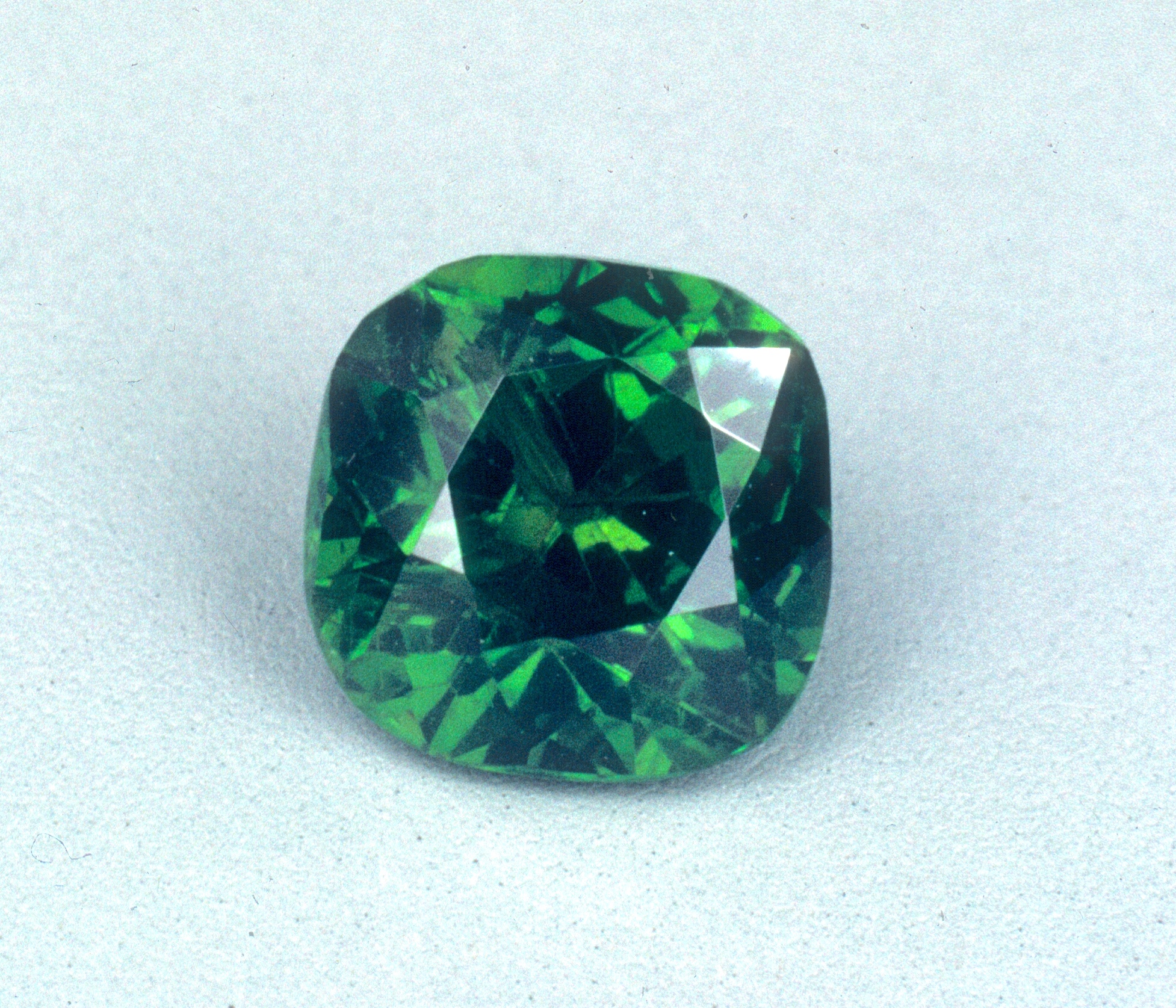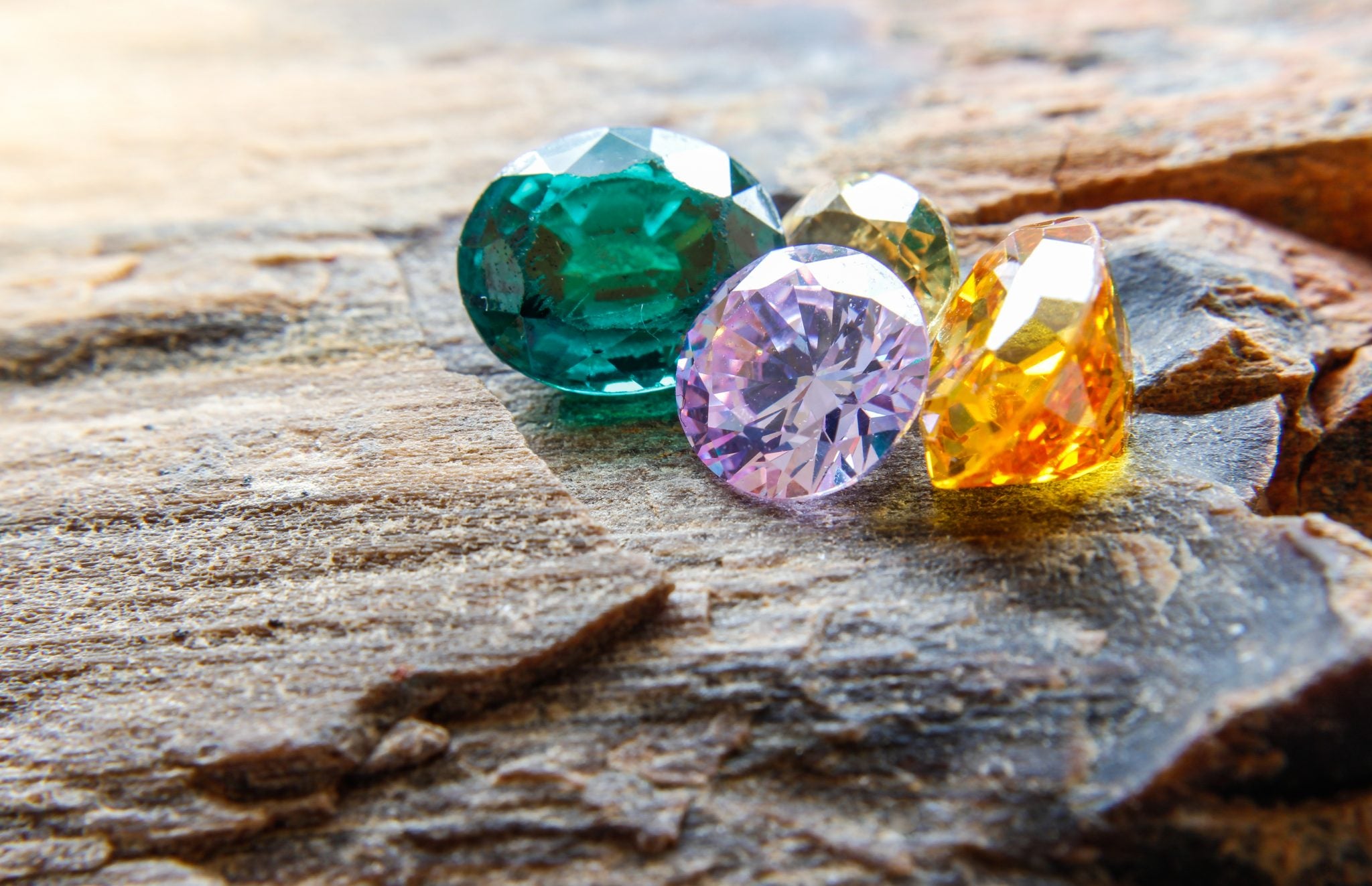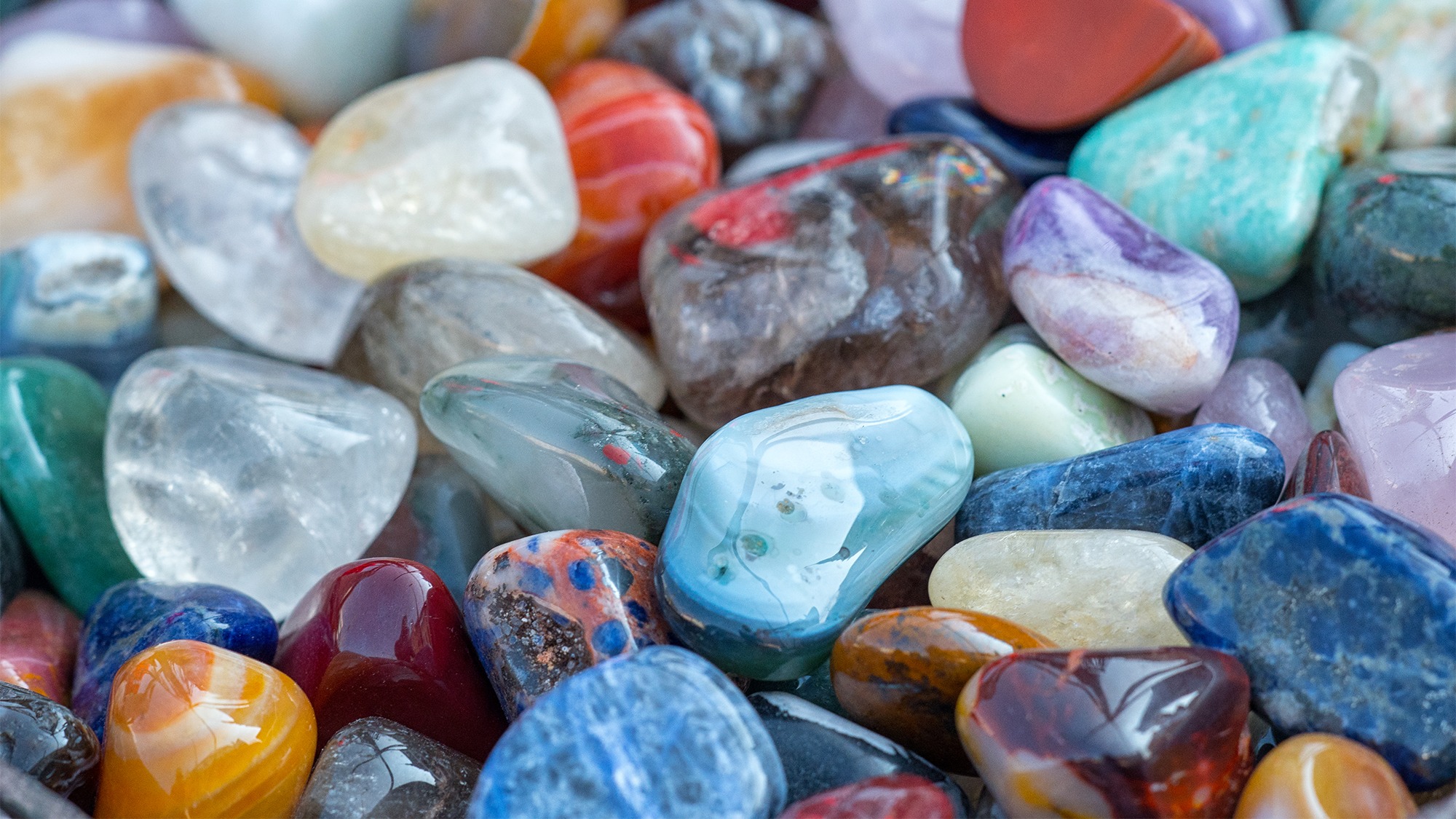
Gemstoneshave played a pivotal role in international trade and commerce for centuries. These precious stones, admired for their rarity, beauty, and cultural significance, have been sought after by individuals, societies, and nations alike. This article delves into the multifaceted the role of gemstones in international trade and commercemarketplace, exploring their historical significance, economic impact, ethical considerations, and emerging trends.
What Are Gemstones?
Cut or faceted and polished minerals, rocks, or biological materials are called gemstones because of their rarity, resale value, and aesthetic qualities when used in jewelry. While most gemstones are relatively durable, some are either too soft or too delicate to be used in jewelry and are instead prized by museums and collectors.
A Brief History Of The Role Of Gemstones In International Trade And Commerce
Let us discuss the history of the role of gemstones in international trade and commerce.
Early Civilizations And The Birth Of Gemstone Trade
The history of gemstones in international trade dates back to the early civilizations of Mesopotamia, Egypt, and the Indus Valley. These ancient cultures were among the first to recognize the intrinsic value of gemstones for their rarity, beauty, and purported mystical properties. Gemstones like lapis lazuli, turquoise, and carnelian were highly prized and traded along early routes of commerce.
The Silk Road And The Golden Age Of Gemstone Trade
The Silk Road, established during the Han Dynasty in China, became a historic conduit for gemstone trade between the East and West. Precious stones such as jade, rubies, and sapphires traversed this network of trade routes, connecting Asia, the Middle East, and Europe. This era marked a significant cultural exchange, influencing art, fashion, and religious practices in regions along the Silk Road.
Renaissance Europe And The Age Of Exploration
The Renaissance periodin Europe witnessed a resurgence of interest in gemstones, driven by a renewed appreciation for art, culture, and adornment. Explorers like Christopher Columbus and Vasco da Gama sought to discover new sources of precious stones, leading to the exploration of gem-rich territories in the Americas, Africa, and Asia. This expansion of trade routes further fueled the global appetite for gemstones.
Colonialism And The Gemstone Trade
The age of colonialism in the 16th to 19th centuries had a profound impact on the gemstone trade. European powers established colonies in resource-rich regions, including India, Africa, and South America, to exploit the vast reserves of gemstones. These acquisitions reshaped the global distribution of rocks and established new trade routes, firmly embedding them in international commerce.
Industrialization And Technological Advancements
In the 19th and 20th centuries, we have witnessed significant advancements in gemstone processing and trade. Industrialization led to the development of advanced mining techniques, allowing for more efficient extraction of gemstones. Additionally, innovations in cutting and polishing technology revolutionized the industry, increasing the precision and market value of gems.
Ethical Considerations And Modern Regulation
In recent decades, ethical concerns surrounding the gemstone trade have come to the forefront. Issues such as child labor, environmental degradation, and the exchange of conflict diamondsprompted international efforts to regulate the industry. Initiatives like the Kimberley Process Certification Scheme and the Fair Trade designation have been established to ensure the ethical sourcing and trading of gemstones, reshaping industry practices.
The Digital Age And The Future Of Gemstone Trade
In the 21st century, technology continues to play a pivotal role in the gemstone trade. Blockchain and other digital technologies are being explored to create transparent supply chains, providing consumers with unprecedented visibility into the journey of a gemstone. Additionally, the rise of e-commerce and online marketplaces has expanded access to rocks, transforming the way they are bought and sold globally.
The Significance Of Gemstones In International Trade And Commerce
Gemstones hold significant importance in international trade and commerce for a multitude of reasons. Their unique characteristics and cultural significance have contributed to their enduring role in the global marketplace. Here are some key aspects highlighting the role of gemstones in international trade and commerce.
Economic Value And Revenue Generation
Gemstones are a valuable commodity, and their trade contributes significantly to the global economy. Countries with abundant gemstone deposits, such as Myanmar, Sri Lanka, and Brazil, rely on the extraction, processing, and export of these precious stones as a vital source of revenue. The industry employs millions of people worldwide, from miners to jewelers, and supports entire communities and economies.
Cultural Significance And Heritage:
Gemstones have deep cultural and historical significance in many societies. They are often used to create jewelry, artifacts, and heirlooms that hold sentimental value and are passed down through generations. These cultural artifacts not only serve as personal adornments but also play a role in rituals, ceremonies, and traditions, connecting individuals and communities to their heritage.
Luxury And Status Symbol
Throughout history, gemstones have been associated with luxury, wealth, and prestige. Owning and wearing gemstone jewelry has been a symbol of affluence and social standing. This perception persists today, driving demand for high-quality gemstones in markets around the world. Luxury brands and high-end jewelers continue to play a significant role in the global trade of gems.
Investment And Store Of Value
Gemstones, particularly rare and high-quality ones, are considered a form of investment. They are valued for their durability and the potential for appreciation over time. Investors often view gemstones as a hedge against economic instability, and they can be easily transported and stored, making them tangible and portable assets.
Diversification Of Economies
For countries rich in gemstone resources, the industry provides diversification within their economies. It offers an alternative revenue stream that can help stabilize economies, especially in regions where other sectors may be vulnerable to fluctuations in demand or external factors.
Tourism And Cultural Exchange
Gemstones often play a pivotal role in attracting tourists and promoting cultural exchange. Regions known for their gemstone heritage, such as Jaipur in India or Chanthaburi in Thailand, have become cultural hubs, drawing visitors from around the world. These tourists contribute to local economies through expenditures on accommodation, dining, and other related services.
Technological Advancements And Innovation
The gemstone industry has been a catalyst for technological advancements. Cutting, polishing, and setting gemstones require precision and innovation, leading to the development of cutting-edge tools and techniques. Moreover, the industry has pushed for advancements in mining technologies, with innovations in extraction methods and sustainable practices.
Social And Environmental Impact
The gemstone industry can have both positive and negative social and environmental impacts. Ethical sourcing and responsible mining practices are gaining importance, prompting a shift towards more sustainable and socially responsible approaches. Initiatives like the Fair Trade designation and the Kimberley Process seek to address these concerns and promote ethical practices within the industry.
How Are Gemstones Graded?
Gemstone value depends on color, clarity, cut, and carat weight.
Leave gemstone appraisal to specialists if you lack expertise. Professional gemstone grading and certification organizations exist—a high-level overview of gemstone grading.
Clarity
Gemstone clarity refers to internal defects or imperfections. Rough gemstones may have more flaws. The fewer defects and weaknesses, the more precise the stone.
Pure Color
Pure, vivid-colored stones are valuable. Uncolored gemstones are less precious than colored ones. Stone color depends on its origin.
Well-cut
A polished stone's intricate cut shows its shine. Well-cut stones reflect light to highlight their best features. Stones with elaborate cutting are usually well-graded.
Carat
Gemstones weigh carats. If all other grading variables are equal, high-carat stones are worth more.
Professionally graded and certified gemstones are frequently more expensive and attractive. These groups can grade your stones so that they won't harm—the Gemological Institute of America, International Gemological Institute, and Swiss Gemological Institute grade gemstones.
How Are Gemstones Classified In International Trade And E-commerce?
Gemstones are classified in international trade and commerce based on a combination of factors, including their mineralogical properties, color, transparency, cut, and rarity. The classification system helps facilitate exchange by providing a standardized way to describe and categorize gemstones. Here are the main ways gemstones are classified.
Mineralogical Classification
Gemstones are categorized based on their mineral composition. For example, diamonds are composed of carbon, while rubies and sapphires are both varieties of the mineral corundum. This classification is fundamental as it identifies the basic chemical makeup of the gemstone.
Precious And Semi-Precious
Traditionally, gemstones have been categorized into "precious" and "semi-precious" categories. Precious gemstones include diamonds, emeralds, rubies, and sapphires. Semi-precious gemstones encompass a broader range, including amethyst, citrine, and turquoise. However, this classification is outdated and is not always used in modern gemology.
Color
Color is a crucial factor in gemstone classification. Some gemstones, like sapphires, come in a variety of colors, and the specific color can significantly affect their value. For example, blue sapphires are highly valued, while pink or orange sapphires are considered rare and valuable.
Transparency
Gemstones are classified based on their level of transparency or translucency. Some gems, like diamonds and sapphires, are typically transparent, allowing light to pass through clearly. Others, like opals or moonstones, are valued for their play of color and are considered semi-translucent.
Cut
The way a gemstone is cut plays a significant role in its classification. Different cuts, such as round brilliant, princess, or emerald, can enhance a gemstone's brilliance and overall appearance. Well-cut gems are more highly valued for their visual appeal.
Carat Weight
Carat weight is a universal metric used to measure gemstones. One carat is equivalent to 200 milligrams. Larger gems are generally rarer and more valuable, assuming all other factors are equal.
Rarity And Origin
The rarity of a gemstone and its country of origin can significantly influence its classification and value. For instance, certain gemstones, like Kashmir sapphires or Colombian emeralds, are highly sought after due to their unique geological conditions, making them more valuable.
Enhancements And Treatments
Gemstones can be classified based on whether they have undergone treatments or enhancements to improve their appearance. Common treatments include heat treatment to enhance color or clarity, fracture filling to improve transparency, and irradiation to alter color.
Lab-Grown Vs. Natural
With the advent of technology, lab-grown or synthetic gemstones have become prevalent in the market. These are classified separately from naturally occurring rocks. While they share similar physical properties, they are often more affordable than their natural counterparts.
Certifications And Grading Reports
Certifications and grading reports from reputable gemological laboratories play a crucial role in classifying gemstones. These reports provide detailed information about a gemstone's quality, including factors like color, clarity, cut, and carat weight.
The Role Of Social Media And E-commerce In Gemstone International Trade
The gemstone industry, deeply rooted in tradition, has experienced a transformative shift with the advent of social media and e-commerce platforms. These digital avenues have revolutionized the way gemstones are bought, sold, and marketed, reshaping the landscape of international trade and commerce in this precious sector.
Redefining Market Accessibility
Social media and e-commerce platforms have dismantled traditional geographical barriers in the gemstone trade. Now, sellers from gem-rich regions can directly connect with global consumers, bypassing the need for intermediaries. This democratization of access has opened up new markets, allowing smaller, artisanal gemstone producers to compete on an international scale.
Showcasing Unique Collections
Through visually engaging platforms like Instagram, Pinterest, and specialized e-commerce websites, gemstone merchants can showcase their unique collections to a global audience. High-quality images and videos allow potential buyers to examine gemstones in intricate detail, fostering trust and confidence in online transactions. This visual appeal transcends physical boundaries, attracting a diverse clientele.
Educating And Empowering Consumers
Social media channels serve as valuable educational resources for consumers looking to learn about gemstones. Gemologists, jewelry designers, and enthusiasts share insights on various aspects, including gemstone types, quality factors, and ethical sourcing. This educational content empowers buyers to make informed decisions, leading to a more discerning and conscious consumer base.
Fostering Trust And Transparency
E-commerce platforms incorporate features like customer reviews, seller ratings, and certification verification, establishing a level of trust crucial for online gemstone transactions. Buyers can access detailed information about a gemstone's origin, quality, and any treatments it may have undergone. This transparency builds confidence in the authenticity and value of the gems being traded.
Catering To Niche Markets And Trends
Social media allows gemstone merchants to tap into specific niches and emerging trends. Whether it's the popularity of certain gemstone varieties, vintagestyles, or sustainable sourcing, platforms like Facebook groups, Reddit communities, and specialized e-commerce sites cater to niche interests. This targeted approach ensures that gemstone sellers can align their offerings with evolving consumer preferences.
Facilitating Direct Communication
Social media platforms enable direct communication between buyers and sellers. This direct interaction allows for personalized customer service, addressing queries, providing additional information, and even accommodating custom requests. Building an immediate rapport with customers fosters loyalty and repeat business, further strengthening the online gemstone trade.
Promoting Ethical And Sustainable Practices
With increased consumer awareness and demand for ethically sourced gemstones, social media serves as a powerful tool for advocacy. Advocacy groups, ethical jewelers, and sustainability initiatives leverage platforms to promote responsible mining, fair labor practices, and environmentally conscious sourcing. This collective voice reinforces the importance of ethical considerations in the gemstone trade.
Adapting To Technological Innovations
E-commerce platforms are quick to adopt cutting-edge technologies. From virtual try-ons to augmented reality experiences, these innovations enhance the online shopping experience for gemstones. Buyers can now visualize how a gem will look when set in jewelry, bridging the gap between online browsing and in-person inspection.
The Role Of Gemstones In International Trade And Commerce - FAQs
What Is The Role Of Gemstones In International Trade And Commerce?
The role of gemstones in international trading and e-commerce is pivotal. These precious stones are highly sought after for their rarity, beauty, and cultural significance, making them a significant commodity in the global marketplace.
How Has E-commerce Changed The Way Gemstones Are Bought And Sold Internationally?
E-commerce has revolutionized the gemstone trade by breaking down geographical barriers. It enables direct connections between sellers and buyers worldwide, redefining market accessibility in the role of gemstones in international trading and e-commerce.
Which Nation Is The Largest Consumer Of Gemstones?
Hong Kong ($1.59B), China ($1.29B), the USA ($983M), Switzerland ($691M), and France ($602M) were the leading destinations for imported precious stones in 2021.
How Are Gemstones Classified In The Trade?
Gemstones are precious or semi-precious. Ruby, Emerald, and Sapphireare precious stones. These three jewels are the sole valuable ones. Amethyst, Aquamarine, Citrine, Garnet, Onyx, Opal, Peridot, Tanzanite, and Topazare semi-precious.
How Do Ethical Considerations Play A Role In The Gemstone Trade In The Context Of International Trading And E-commerce?
Ethical considerations have become increasingly important in the gemstone trade. Consumers are seeking assurance of responsible sourcing, fair labor practices, and environmental consciousness, influencing the way gemstones are traded in international markets and through e-commerce platforms.
Conclusion
The role of gemstones in international trade and commerce is deeply entrenched in history, economics, ethics, and technology. From ancient trade routes to modern marketplaces, these precious stones continue to captivate and inspire. As the industry navigates evolving consumer preferences and ethical considerations, it remains a dynamic force in the global marketplace, shaping economies and cultures around the world.
The allure and significance of gemstones in international trade and commerce endure, ensuring their continued prominence in the global marketplace for generations to come.



